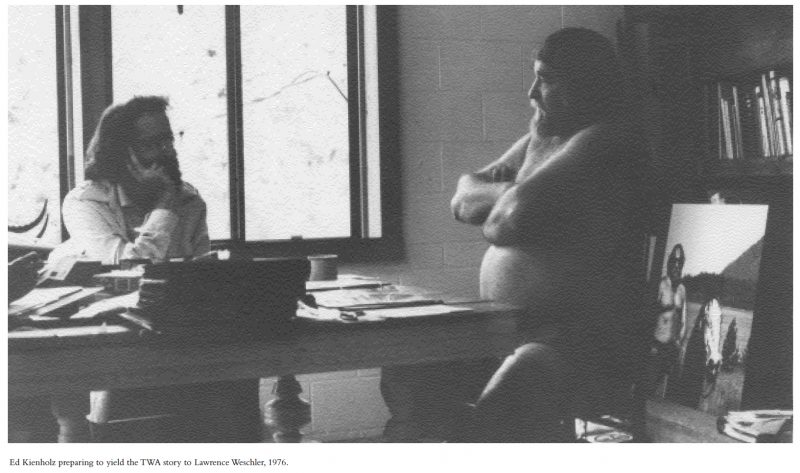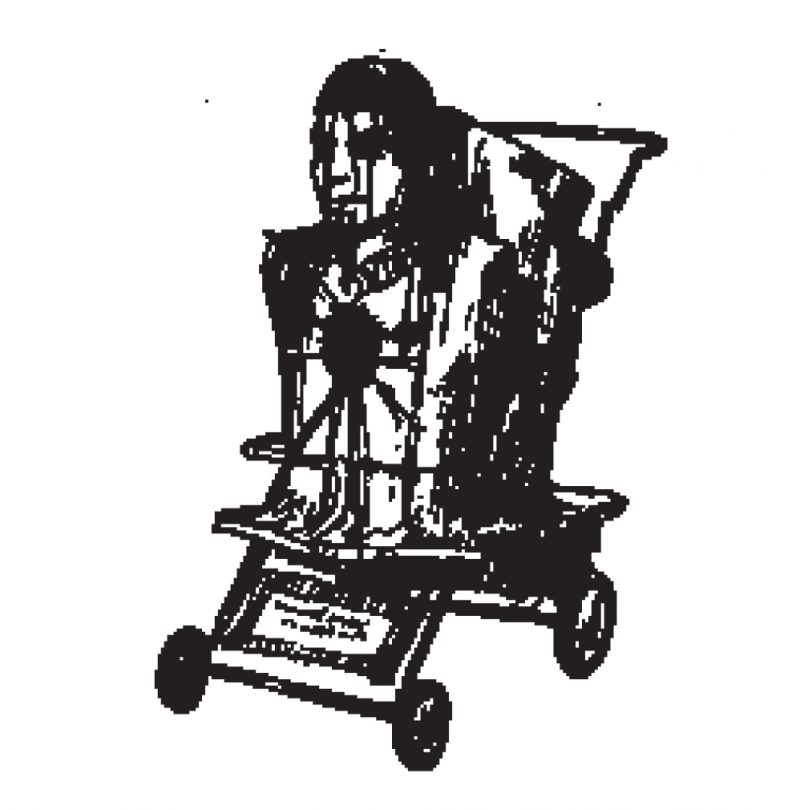I t’s coming on thirty years now—amazing. I was just out of college, still all long-haired and bushy, working out of the Oral History Program at UCLA, helping to process a big NEH-funded Group Portrait of the Los Angeles Art Scene, editing these long, long transcripts generated by multisession interviews with some of the leading figures in the history of Southern California art, and occasionally heading out to conduct some of the interviews myself. As was proving the case with one of the most important interviews in the whole series—or so we’d all been assured by the noted critic and sometime-academic Gerald Nordland, who was serving as the head consultant on the whole project. A five-day, ten-session summit with the redoubtable Ed Kienholz up at the compound along the shores of Lake Pend Oreille, outside Hope, Idaho, to which he’d repaired in the years after having turned the L.A. scene upsidedown and inside-out, almost managing to get the newly refurbished L.A. County Museum of Art closed down with its very first show, a hugely controversial midcareer retrospective featuring some of his most scandalous claptrap assemblage tableaux—renditions of, for instance, a seedy bordello (Roxy’s), a dead-end bar (The Beanery), and the steamy goings-on transpiring in the rear of a snub-nosed parked sedan (Back Seat Dodge ’38).
The L.A. Board of Supervisors had gotten itself worked up into paroxysms of righteous puritanical indignation at the horror, the horror, in particular, of that latter piece (the head supervisor, Warren Dorn, was getting all set to run for governor on the strength of his manifest fortitude as a protector of public decency).And they might well have succeeded in getting the whole thing shut down for real (“The rank indecency! The taxpayer dollars! The delicate sensibilities, for God’s sake, of the children, the little ones!”), had not Kienholz managed to subvert their entire scheme by secretly taping them as they undertook what they’d imagined to be a private preopening tour of the bordello installation and found themselves falling into dreamy reminiscence of the many happy hours they themselves had spent in institutions just like this one (“It’s so lifelike!”) out in Nevada in the days after the war. Suddenly, mysteriously to the public, all their objections evaporated. The show opened on schedule, to record crowds. And Dorn, previously the frontrunner, presently found himself losing the Republican gubernatorial primary to a two-bit actor named Ronald Reagan.

But I digress. The point is, within a few years of all that, Kienholz, in echt-Kienholz fashion, managed to cap the whole saga by hitching up with Nancy, the daughter of the town’s chief of police, Tom Reddin. And indeed, this, the last of his several marriages, proved the most...
You have reached your article limit
Sign up for a digital subscription and continue reading all new issues, plus our entire archives, for just $1.50/month.
Already a subscriber? Sign in





